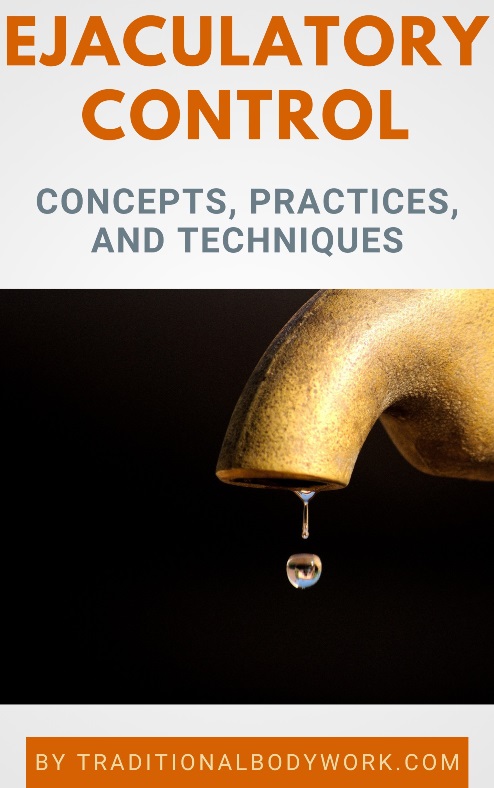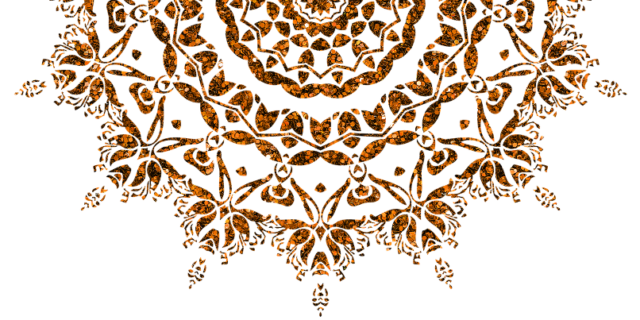
Yoni Pichu — pichu means “cotton ball” — is a treatment in Indian Ayurvedic medicine where a sterile cotton swab or cotton tampon, soaked in medicated oil (with often at least sesame oil) or ghee (Indian clarified butter), is kept inside the vagina for a specific period of time.
It’s a treatment modality used to combat a variety of gynecological diseases and discomforts in females and it’s also applied in the pregnancy and afterbirth period.
The Yoni Pichu Treatment Procedure
The Yoni Pichu treatment procedure is divided into three parts:
1. Purva Karma (initiation of the treatment)
2. Pradhana Karma (main procedure)
3. Pashcat Karma (post application)
Purva Karma

In the Purva Karma stage, the woman who wants a treatment will get a routine gynecological examination to assess any specific vaginal infections and the status of the uterus.
That is, as for the uterus, it’s checked on its position, direction, size, and so on, and to rule out any pelvic inflammatory disorder (PID). If signs of PID are found the procedure is not done, until the PID infection is cured.
Depending on the patient, that is, what the Ayurveda doctor or therapist thinks is needed, specific medicated decoctions, oils or ghee are selected.
Pradhana Karma
If the patient is found qualified for the Yoni Pichu, she’s asked to empty the bladder and to lie in lithotomy position on a table. The vagina and vulva are subsequently cleaned antiseptically. Then, a sterilized lukewarm cotton ball or tampon (soaked in the desired medication), covered with a sterile gauze piece and a tail, is inserted in the vagina.
Paschat Karma
After the procedure the receiver is asked to lie in supine position for about ten minutes and is then allowed to leave. The pichu cotton swab or tampon is kept inside for an hour or so or until there’s a feeling of wanting to urinate. It can then be removed by pulling the gauze tail sitting in a squatting position.
Health Benefits of Yoni Pichu
It’s thought that Yoni Pichu can benefit alleviation or healing of:
- uterine prolapse;
- bladder prolapse;
- rectal prolapse;
- post menopausal vaginal dryness;
- painful sexual intercourse;
- certain types of recurrent miscarriage;
- certain inflammations;
- certain types of infertility.
Additionally, the treatment is applied to promote laxity of the pelvic floor muscles in the last month of the pregnancy to enable a normal and easy childbirth, to promote uterine contractions and a more easily expulsion of the placenta, and to restore damage done to the pelvic tissues after giving childbirth.

















